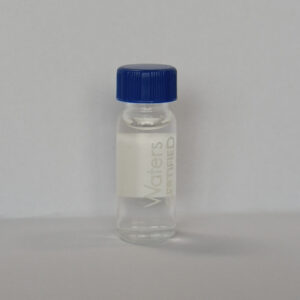Manufacturers of pharmaceutical-grade (pharm grade) drugs adhere to stringent quality control measures and regulatory standards to ensure the consistent quality, safety, and efficacy of their products. The production of pharmaceuticals is subject to rigorous oversight by regulatory authorities worldwide.
Here are key ways in which manufacturers ensure consistent quality in pharm grade drugs:
- Good Manufacturing Practices (GMP):
- GMP is a set of guidelines and regulations that ensure the quality and safety of pharmaceutical products. Manufacturers must comply with GMP standards to be authorized to produce drugs. GMP covers various aspects of production, including facilities, equipment, personnel, documentation, and quality control.
- Quality Management Systems:
- Manufacturers implement robust quality management systems to oversee and control all aspects of the production process. This includes quality assurance, quality control, and continuous improvement initiatives. These systems are designed to identify and address any deviations from established quality standards.
- Validation and Qualification:
- Manufacturers validate and qualify their production processes, equipment, and systems to ensure they consistently meet predetermined specifications. This includes validating critical manufacturing steps, cleaning procedures, and analytical methods to confirm their reliability and accuracy.
- Raw Material Quality:
- Strict controls are placed on the quality of raw materials used in pharmaceutical production. Manufacturers carefully select and qualify suppliers, conduct thorough testing of incoming raw materials, and ensure their compliance with pharmacopeial standards.
- Standard Operating Procedures (SOPs):
- Manufacturers develop and follow detailed SOPs for all aspects of production. China Pharm Grade suppliers These procedures outline step-by-step instructions for each operation, ensuring consistency and repeatability. Employees are trained to adhere strictly to SOPs.
- In-Process Quality Control:
- Continuous monitoring and testing are performed throughout the manufacturing process to ensure that quality standards are maintained at each stage. In-process quality control includes checks on critical parameters, such as temperature, pressure, and mixing times.
- Quality Control Testing:
- Finished pharmaceutical products undergo extensive quality control testing to verify their identity, purity, potency, and safety. This includes tests for dissolution, content uniformity, impurities, and microbial contamination. Analytical techniques like high-performance liquid chromatography (HPLC) and mass spectrometry are commonly employed.
- Batch Record Documentation:
- Detailed batch records are maintained for each production run. These records include information on raw materials, production processes, testing results, and any deviations from established procedures. Batch records provide a comprehensive overview of the manufacturing history.
- Equipment Maintenance and Calibration:
- Regular maintenance and calibration of manufacturing equipment are essential to ensure accuracy and reliability. Manufacturers follow strict schedules for equipment maintenance and calibration to prevent deviations in production.
- Traceability and Serialization:
- Pharmaceutical products are traceable throughout the supply chain. Manufacturers implement serialization systems that assign a unique identifier to each unit of a product. This enables tracking and tracing to ensure the integrity of the pharmaceutical supply chain.
- Compliance with Regulatory Standards:
- Manufacturers adhere to regulatory standards set by health authorities such as the U.S. Food and Drug Administration (FDA), the European Medicines Agency (EMA), and other relevant regulatory bodies. Compliance with these standards is essential for obtaining marketing authorization for pharmaceutical products.
- Continuous Improvement:
- Manufacturers engage in continuous improvement initiatives, adopting new technologies and methodologies to enhance the efficiency and quality of their processes. Regular reviews and audits identify opportunities for improvement.
By implementing these measures, pharmaceutical manufacturers aim to ensure that each batch of pharm grade drugs meets the highest standards of quality, safety, and efficacy. Regulatory authorities conduct inspections and audits to verify compliance with these standards and to safeguard public health.
